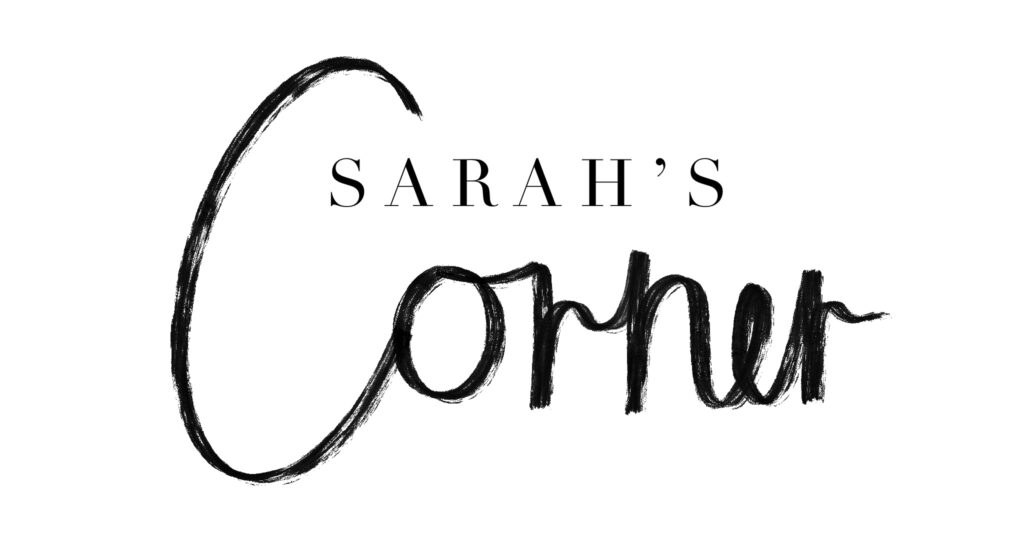The type of flour used in a recipe can drastically change the consistency, texture, and crumb of the recipe.
With a baking aisle filled with different flours, it’s hard to know which is the right one for you. Is all-purpose flour truly for all purposes? Why do they call it whole wheat flour if all wheat flour is made from wheat? Is all wheat the same?
I aim to answer your a-maize-ing curiosities and hopefully cure your wheat-induced mi-grain-e.
The Source
Flour comes from wheat, also known as Triticum aestivum or common wheat. Roughly 95% of the wheat grown worldwide is common wheat and is one of the most commonly used crops nationwide.
milling
The milling process starts by sweating the grain. This process takes about 6 weeks and removes moisture from the grain to prevent spoiling and improve quality.
The grain is then tempered, which introduces chlorinated water to the grain to prevent microbial growth and enhance the separation process of the grain. This process takes around 6 hours in the United States and about 24 to 48 hours in Europe as they use more traditional methods.
Once the grain is ready to be milled, it is ground by rollers, a hammer, or stone and pulverized into tiny pieces.
The powder is then sifted to isolate the endosperm from the germ and bran, which are courser and bigger than the powder from the grain. In whole wheat flour, as the name implies, the entire kernel is used for the flour and the germ and bran are not sifted out.
Parts of the Wheat

The kernel is the most important part of the milling process; it is the source of the flour we use at home
The outer layer is the bran, which is full of fiber and B vitamins. Cereals with bran in the name often advertise their fiber content due to the fibrous bran used
The middle is the endosperm. This starchy layer holds many vitamins, carbohydrates, and protein (glutenins). Most flour products isolate this part of the kernel which contributes to the flour’s white appearance.
The inner germ layer, like the mitochondria, acts as the powerhouse of the kernel. This portion is home to many phytochemicals, vitamins, and healthy fats.
Foods labeled “whole grain” use the entire grain rather than solely the endosperm. This contributes more vitamins, minerals, and fiber to the flour, and also turns the flour brown.
Varieties
Though common wheat is used in 95% of flours, you may still hear terms like “soft wheat” or “hard spring wheat” and wonder what the difference may be. These are common varieties of the T. aestivum wheat but vary slightly in protein content and fiber. The most common varieties of wheat used in flour are…
- Hard Red Winter
- Hard Red Spring
- Soft Red Winter
- Durum
- Soft White
- Hard White
The variety is determined by how hard the kernel is, what color the wheat is, and the season it is planted. These factors all influence the appearance and composition of the flour after it is milled.
Durum wheat is named after the Latin word for “hard” which refers to its’ hard kernels. Durum wheat is the hardest variety, making it the best option for pasta.
In baking, the best flour depends on the protein content or gluten. Pastry flour tends to have the lowest protein content while durum has the highest.
A low protein content allows for a softer, more delicate result. High protein content creates a firmer dough, therefore we see a drastic textural difference between cake and sourdough bread. (more information on the formation of gluten here.)
Flour Types and Uses
| Flour Type | Protein Percentage and Use |
| Pastry Flour | 8% protein Soft wheat Best for pie crusts, some cakes, and pastry dough |
| Self-Rising Flour | 8.5% protein White wheat, salt, and baking powder Best for biscuits, pancakes, and scones |
| Cake Flour | 8-10% protein Soft wheat Best for cakes and cupcakes |
| All-Purpose Flour | 9-11% protein Hard red wheat or a blend of hard and soft wheat Best versatile flour to have on hand and can be used for cakes, cookies, pastries, and more |
| Bread Flour | 12-14% protein Hard spring wheat (lighter in color than red wheat) Best for breads, bagels, and pizza dough |
| White Whole Wheat Flour | 13% protein Hard spring wheat (milled similar to Whole Wheat Flour but with a different kind of wheat) Best for whole grain pancakes, whole grain banana bread, and crackers |
| Whole Wheat Flour | 14% protein Hard red wheat (milled with the entire seed rather than simply the endosperm) Best for whole wheat bread and pasta |
| Semolina Flour | 12-14% protein Durum wheat (the hardest type of wheat) Best for varieties of pasta |
So, when deciding which flour to use consider your recipe and the texture you’re aiming for.
For average at-home baking and cooking, all-purpose flour is a happy medium and will do well in most recipes. I use it in all my cookie recipes and have found each one of them to be cereal-ously delicious.
References
- Rory Macdonald; How is Flour Made
- Kansas Farm Bureau; Wheat Fun Fact Guide
- A.K. Sarkar, J.E. Dexter; Durum Wheat
- Poala Tosi, Christina Gritsch, et.al; Distribution of gluten proteins in bread wheat (Triticum aestivum) grain
- Posie Brien; How do you choose the right flour?

